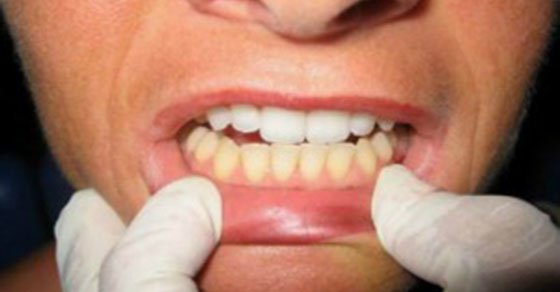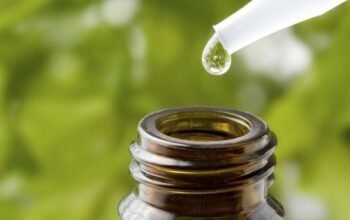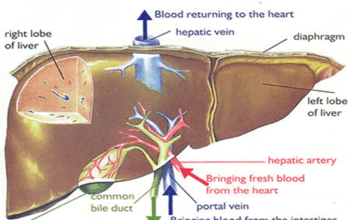In the quest for natural and cost-effective oral care, many people are turning to alternative tooth cleaning methods. Sea salt and baking soda have emerged as popular home remedies for teeth whitening and oral hygiene. But are these pantry staples truly effective and safe for your dental health?
The Science Behind Sea Salt in Oral Care
Sea salt is more than just a kitchen seasoning – it offers intriguing benefits for oral health. Its natural abrasive texture helps remove surface stains and plaque from teeth, providing a gentle cleaning action. The mineral-rich composition of sea salt includes essential trace elements that can support oral health.
One of the most significant advantages of sea salt is its powerful antibacterial properties. Salt creates an inhospitable environment for harmful oral bacteria, potentially reducing the risk of tooth decay and gum disease. Additionally, salt water rinses can stimulate saliva production, which is crucial for maintaining natural oral balance and protecting tooth enamel.
Baking Soda: A Natural Dental Cleaner
Baking soda, or sodium bicarbonate, has long been recognized for its dental cleaning properties. Its mild abrasive nature helps remove surface stains and plaque, making it a popular ingredient in many natural tooth-cleaning methods. The alkaline nature of baking soda can help neutralize acid in the mouth, potentially reducing the risk of tooth decay.
Historically, people have used baking soda as a standalone tooth-cleaning solution. However, modern dental professionals recommend more comprehensive approaches to oral care that protect tooth enamel and provide complete protection.
Safe Methods of Using Sea Salt and Baking Soda
If you’re interested in exploring these natural oral care options, consider these safe methods:
- Salt Water Rinse: Mix 1/2 teaspoon of sea salt in a cup of warm water. Swish for 30 seconds and spit out. Use sparingly, no more than 2-3 times per week.
- Salt and Baking Soda Paste: Create a paste using equal parts sea salt and baking soda mixed with a small amount of water. Gently brush for no more than 30 seconds, being careful not to scrub too hard.
Potential Risks to Consider
While natural methods can be appealing, they come with significant risks. Excessive use of sea salt and baking soda can lead to serious dental problems:
- Enamel erosion due to the abrasive nature of these substances
- Increased tooth sensitivity
- Potential gum irritation
- Limited effectiveness for deep or intrinsic tooth stains
Safer Alternatives for Teeth Whitening
Dental professionals recommend more reliable and safe alternatives for maintaining oral health and achieving a brighter smile:
- ADA-approved whitening toothpastes
- Professional dental whitening treatments
- Regular dental check-ups and professional cleanings
Expert Recommendations
Most dental professionals advise against using sea salt and baking soda as primary tooth-cleaning methods. While they may offer some benefits, the potential risks outweigh the minimal advantages. A comprehensive oral care routine should include:
- Brushing with fluoride toothpaste twice daily
- Flossing regularly
- Using dentist-recommended mouthwash
- Maintaining regular dental check-ups
Conclusion
While sea salt and baking soda might seem like attractive natural alternatives, they are not substitutes for professional dental care. Their limited effectiveness and potential risks make them unsuitable as primary oral hygiene solutions. Always consult with a dental professional to develop an oral care routine that meets your specific needs and protects your long-term dental health.






